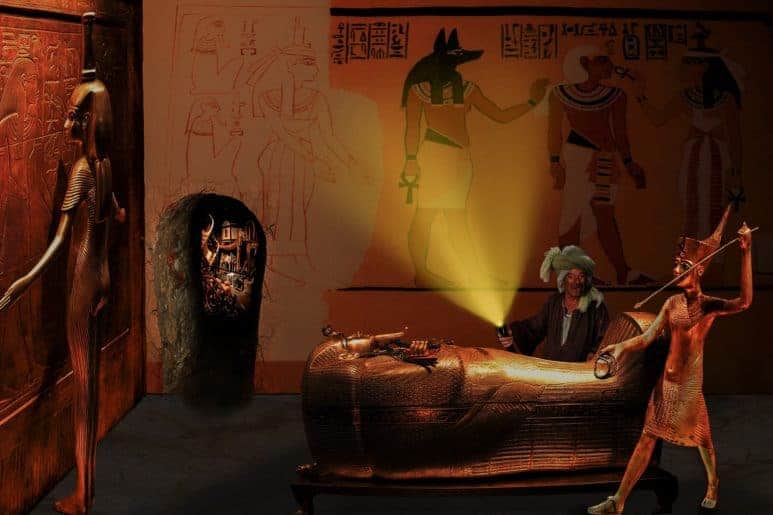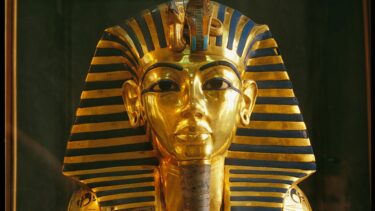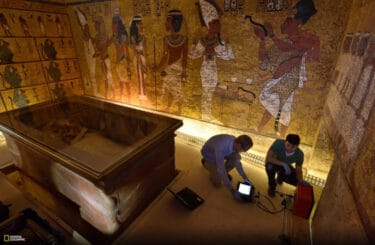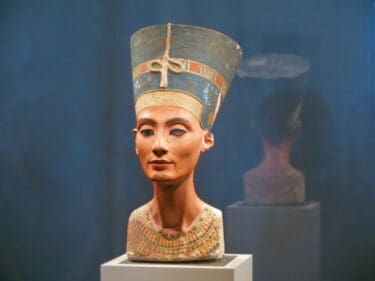Of all the names from Egyptian history, few names are as well known and yet remain as shrouded in mystery as that of the legendary Boy King, Tutankhamun.
On your Osiris Egypt tours, you’ll learn all about the legend of King Tut. But just why has one young boy become so intertwined with adventure and legend? Well, his nickname for a start. How many eight-year-old boys actually become a king? The continued mystery around the life and times of King Tut never ceases, as recent revelations claim to have revealed a whole new edge to the tale.
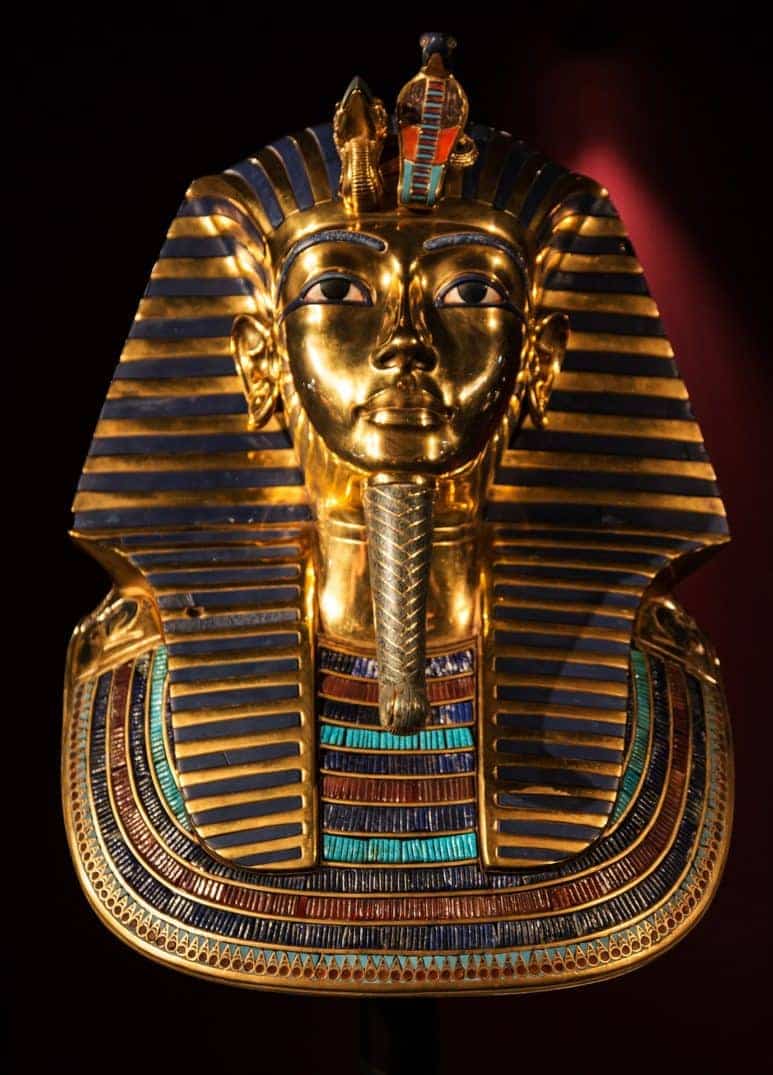
However, there is still much debate about just how significant his life was. Some scholars argue it was an unremarkable life, while others say he was one of the most important pharaohs in Egyptian history. Like many artists, it’s only after their deaths that their brilliance and significance becomes accepted and appreciated, but is that the case with King Tut? It was Howard Carter who, in 1922 discovered Tutankhamun’s completely intact tomb, and first fired the world’s imagination.
Discover King Tut’s Early Life on our Egypt Private Tours
Our passionate and qualified guides will tell you everything you want to know about the young king in one of our Egypt private guided tours. It stands to reason that a king’s son must have had a privileged childhood, probably spent playing and studying, sometimes hunting, although with all the walking canes found inside his tomb, he was likely a weak, sickly child.
His given name was actually Tutankhaton, meaning ‘Living image of Aten,’ as his father was the pharaoh Akhenaten. But during this period, Egypt was in turmoil because of Akhenaten’s religious movement. The pharaoh, known as the ‘heretic king’, changed the religious system to a monotheistic belief in the one God, Aton. This massive reform in policy enraged many citizens and priests, and left a nation is chaos.
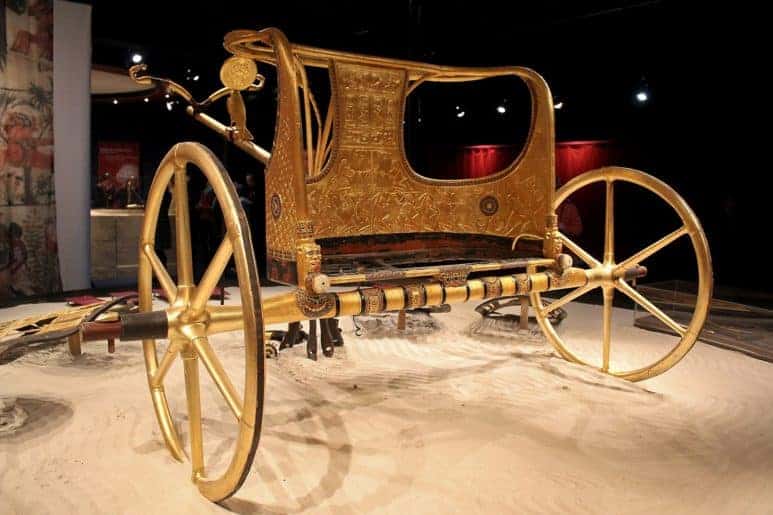
The Boy Becomes a King
When Akenhaten died the young boy took his place on the throne, becoming pharaoh at eight or nine years old. But because of his father’s hated reforms, he inherited an angry and chaotic Egypt.
Initially the boy king upheld his father’s monotheistic beliefs. But as Egypt raged and tension threatened an uprising, he started to bring back in favor the gods forbidden by Akhenaten. It was at this time he changed his name to Tutankhamun, in order to reflect his belief towards Amun and to ease the simmering tension among the angry priests. They also left their father’s capital of Amarna and relocate to Memphis, more evidence things were returning to the original ways.
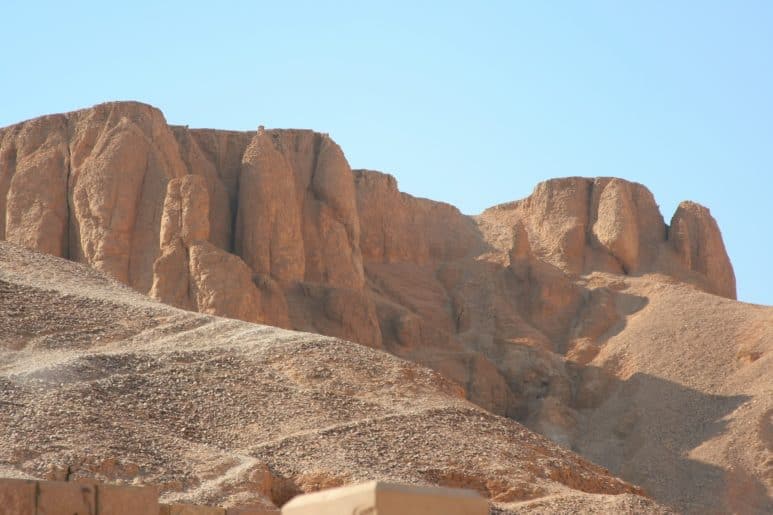
A Wise King
With ancient beliefs restored, King Tut held celebrations to show his support for Amun. But he was still a child, and some scholars argue that someone so young could not make decisions of such magnitude. Whether his own thoughts, or the advice of his advisors, the king made wise decisions to restore order to Egypt.
The Legacy of A King T
Based on analysis of the king’s mummy, it’s believed he was only around seventeen when he died. Egypt was at war with the Hittites, and during this confrontation Tutankhamun suddenly died. He almost certainly wasn’t killed in battle though, and his death remains a mystery. Murdered? Sick? Hunting accident? We will probably never know, but the mystery endures.
All Egyptian kings and queens throughout Egyptian history leave some kind of legacy, whether the building of magnificent monuments or winning brilliant military victories. But that can’t truly be said about Tutankhamun. Yes, he restored some of the temples damaged by his father’s iconoclastic reign, and added his additions to the impressive Karnak Temple. Yet his name is still the most famous among all pharaohs. But why?
That distinction is surely because of Carter’s discovery of his tomb, and its unrivalled horde of elaborate treasure, perhaps the greatest archaeological discovery of the 20th century. Up until the opening of King Tut’s tomb, it was believed all royal tombs had been robbed of their treasure, but for the first time a tomb was found intact, and it captured the imagination of the entire world. And it wasn’t only the treasure that enthralled, although it certainly amazed, but it gave a glimpse into the wealthy and elaborate lifestyle of pharaohs from thousands of years ago.
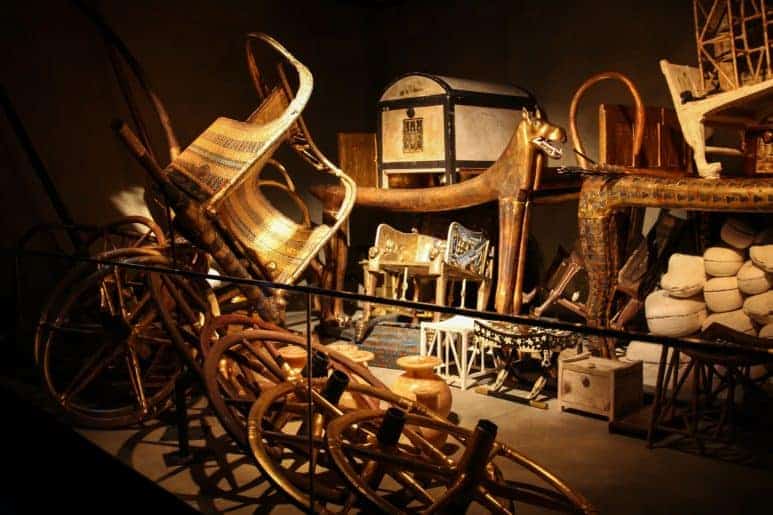
The Boy King Today
3,300 years since his death, Tutankhamun still has the archaeological world on its toes. Last year it was revealed that Tutankhamun’s tomb, located in the infamous Valley of the Kings in the West bank of Luxor, might hold hidden chambers containing the remains and treasures of Queen Nefertiti. Scans organized this year by the National Geographical Society using advanced ground-penetrating radar technology have got archaeologists excited, but definitive answers to the Hollywood worthy story…hidden chambers…long lost treasure…never before seen mummies…have yet to be confirmed or denied.
But what cannot be denied is the ever-lasting ability of Tutankhamun to keep us all enthralled, and there is no doubt: The legend of the Boy King lives on.
